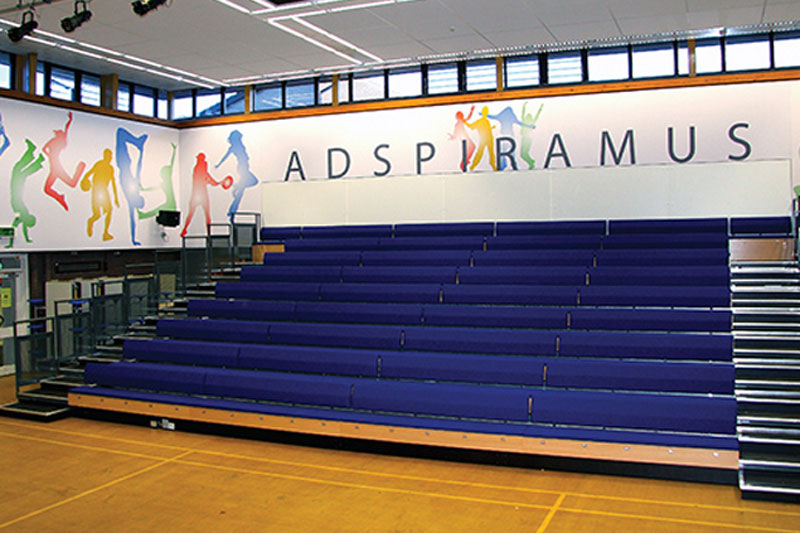Diffusion
The scattering of sound energy within a space to reduce echo and reflections.
Diffusion produces a more even sound distribution, with reduced echo, than sound reflected off a flat surface.
When sound bounces off hard flat surfaces, the energy remains intact yielding discrete echoes which come back to the listener at approximately the same time and from approximately the same direction. These echoes cause disruptive effects such as standing waves and flutter echo which then degrade speech intelligibility.
Diffusors interrupt these echoes by scattering the sound energy over a wide area.
The effect is caused by the uneven surface of the diffusor reflecting the sound in different directions.
The resultant sound waves have different paths and varying intensities which are less intense than the direct sound, reducing localization and thus maintaining sound clarity and improving speech intelligibility.
A good diffusor not only changes the direction of sound propagation but does so evenly in all directions.
Talk to us to learn more about how we use diffusion techniques to complement sound absorption.



